Art World
The Smithsonian Just Opened a Manila Envelope and Discovered Four Yayoi Kusama Paintings It Had No Idea Existed
Christmas came early this year when the works showed up in the museum's archive.
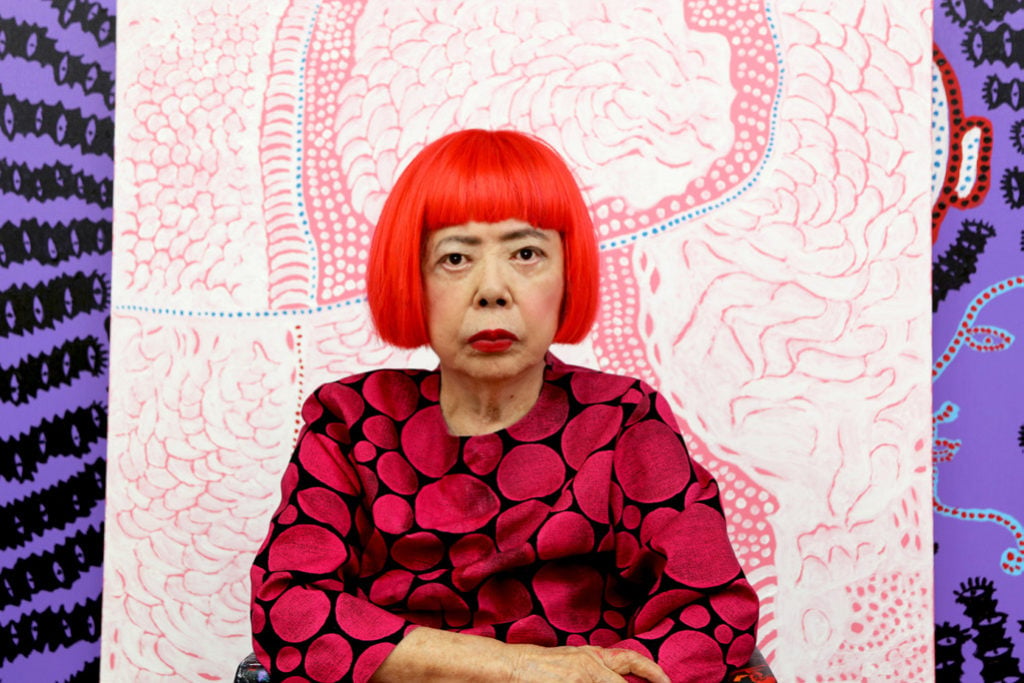
Christmas came early this year when the works showed up in the museum's archive.

Brian Boucher

We don’t need to tell you how famous Yayoi Kusama is. You know that people wait for hours to see the Japanese artist’s gallery shows, and to take selfies in her “Infinity Rooms.” You read about how the Smithsonian Institution’s Hirshhorn Museum and Sculpture Garden increased membership by 6,566 percent by staging a Kusama exhibition. You might even know that a MoMA curator penned a children’s book devoted to her.
Now, another Smithsonian museum, the Smithsonian American Art Museum, has stumbled upon four Kusama paintings that, strange as it may seem, were already on the museum’s grounds, and are now the first Kusama works to formally enter its collection.
It’s doubtful that these small pieces, none exceeding a foot wide, will bring thousands of visitors flocking to the museum. But, though small, they have an outsized backstory.
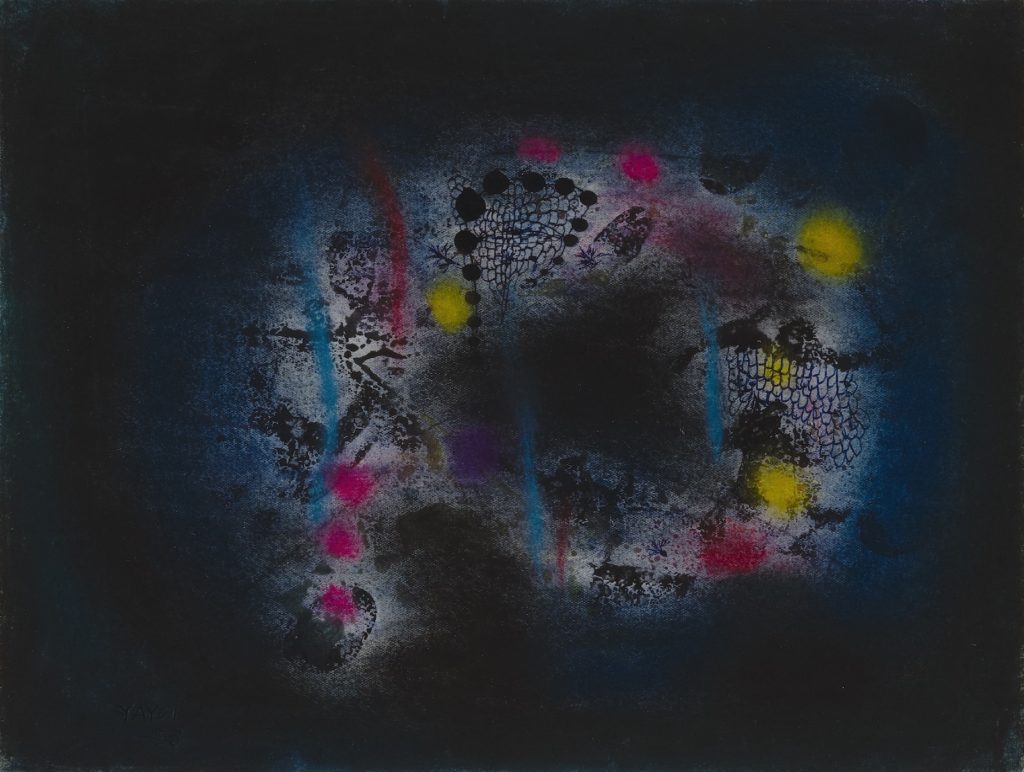
Yayoi Kusama, Forlorn Spot, 1953. Courtesy Smithsonian American Art Museum.
Archivist Anna Rimel came upon the four pieces, executed in watercolor, ink, pastel, and tempera paint, in a manila envelope while sifting through the museum’s Joseph Cornell Study Center, where they were hidden among correspondence and ephemera, said Melissa Ho, the museum’s curator of 20th-century art.
“I got an email saying ‘You need to come look at this right now!’” said Ho in a phone conversation.
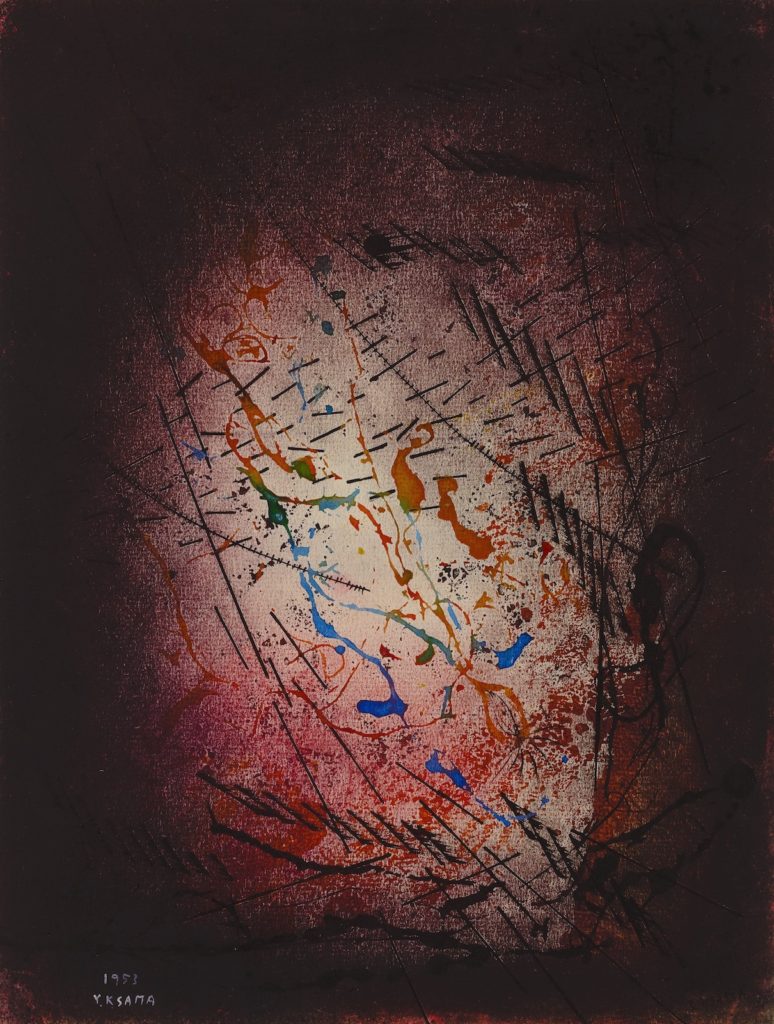
Yayoi Kusama, Autumn, 1953. Courtesy Smithsonian American Art Museum.
Cornell helped to support the young Kusama, buying the four newly discovered works on August 22, 1964, as recorded on a receipt that accompanied them. He paid $200. (Accounting for inflation, that would be about $1,660 today.) While many of Kusama’s works express joy and are likely to produce bliss in the viewer, these early works, dating from 1953 and 1954, when the artist was just in her mid-twenties, are considerably more downbeat, with titles like Deep Grief and Forlorn Spot. They are mostly dominated by dark hues, with imagery recalling nebulae and other cosmic phenomena.
“To me they feel like enclosed worlds, and I am thinking a little bit of Cornell’s boxes, with these secret, hidden universes in a very dark package,” said Ho. “Of course I’m being completely ahistorical, since they were created earlier. But then, one wonders, did she guide him toward these choices?”
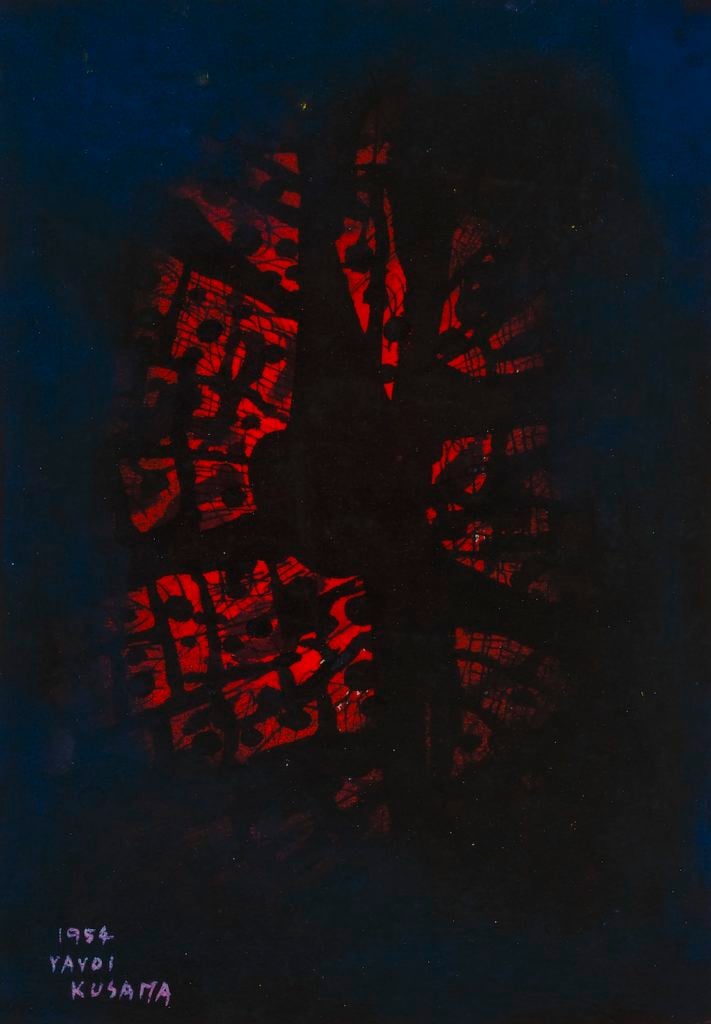
Yayoi Kusama, Deep Grief, 1954. Courtesy Smithsonian American Art Museum.
Believe it or not, Kusama was once a struggling artist, having come to New York with no connections but with massive ambitions and a portfolio of about 2,000 artworks that she hoped to sell to support herself. “I’ve seen images of her before she left Japan, at her parents’ home with these works arrayed around her,” said Ho. “It was through these that she had been in correspondence with artists in the US, like Georgia O’Keeffe and Kenneth Callahan. With that support, she was able to make it to Seattle, where she had her first show.”
She moved to the Empire City in 1958, going on to be a prominent figure in the New York art scene in the 1960s and ’70s, creating sculpture and organizing Happenings and forming relationships with many other of the major figures of the time. Four years after arriving, she formed an intense bond with Cornell, known for his collages as well as mysterious and beautiful assemblages contained within wooden shadow boxes.
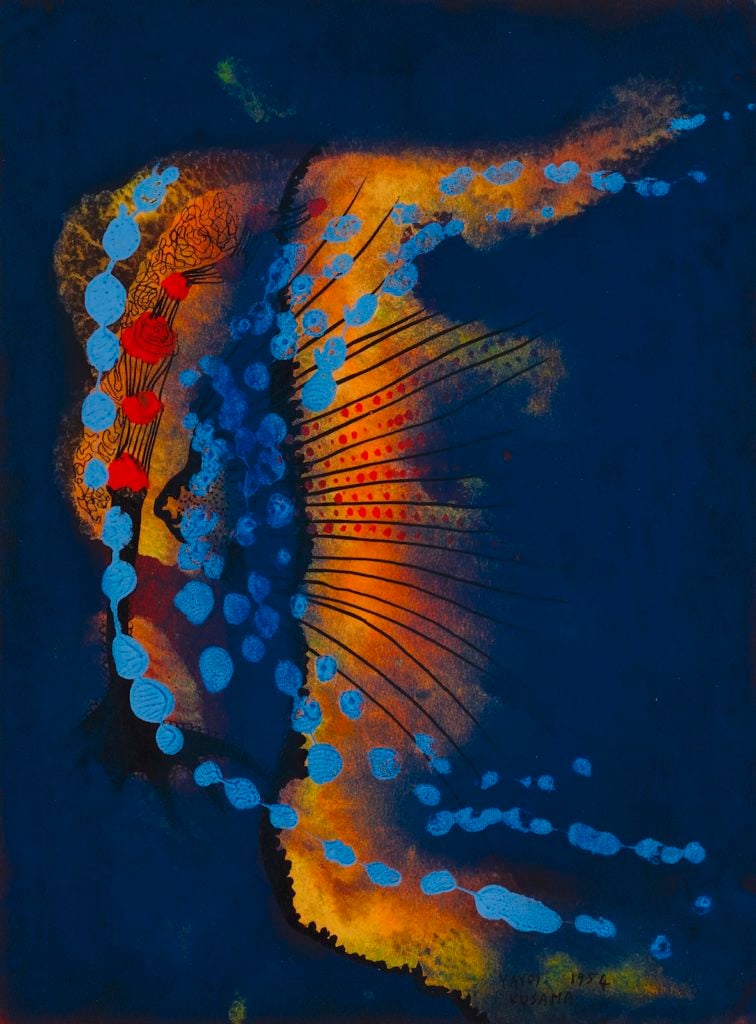
Yayoi Kusama, Fire, 1954. Courtesy Smithsonian American Art Museum.
She was in her thirties, and he was twenty-six years her senior; their relationship, she has said, was passionate yet platonic (“He didn’t like sex and I didn’t like sex. So we didn’t have sex!”). She spent days on end with Cornell at his home on Utopia Parkway in Queens, where he lived with his mother. “These two obsessives, spending time together!” Ho exclaimed.
The museum’s ownership of the Cornell archives, Ho pointed out, owes to the legendary museum administrator and curator Walter Hopps (dubbed “sort of a gonzo museum director” in the Washington Post obituary), who worked for the museum in the 1970s and, when he was invited to inspect the contents of Cornell’s archive, urged the museum’s director to snap them up.
Ho tipped her hat to Rimel’s thoroughness in exploring the archives.
“I think we know everything that’s in there at this point?” she said. “But never say never.”